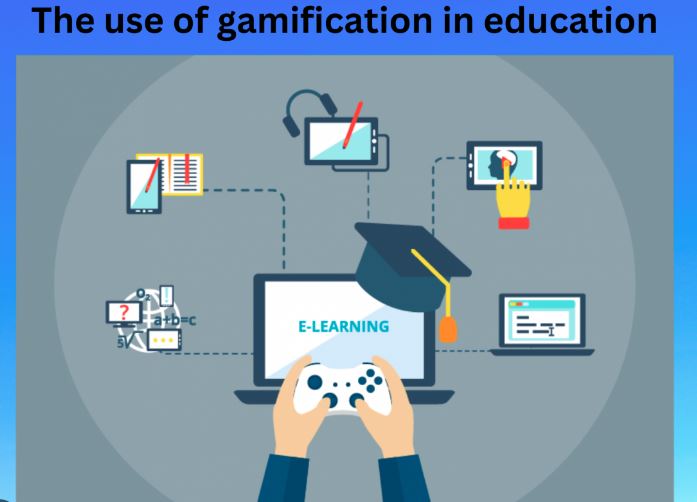In recent years, educators have started to explore innovative approaches to enhance student engagement and motivation in the classroom. One such approach is gamification, which involves incorporating game elements and mechanics into the learning process. By leveraging the inherent excitement and competitive nature of games, gamification can revolutionize the way students learn, making it more enjoyable, interactive, and effective. In this article, we will explore the benefits of gamification and provide insights on how educators can incorporate it into their teaching practices to enhance learning outcomes in schools.
- Increased Engagement:
One of the primary benefits of gamification is its ability to capture and maintain students’ attention. Games are inherently engaging and can create a sense of excitement, challenge, and achievement. By introducing game elements such as rewards, levels, leaderboards, and badges, educators can harness these motivational factors to keep students actively involved in their learning. This heightened engagement translates into improved focus, participation, and retention of information.
- Improved Learning Experience:
Gamification can significantly enhance the learning experience by transforming mundane tasks into enjoyable activities. By infusing educational content into game formats, students become active participants rather than passive learners. For example, turning quizzes into interactive quizzes or making math problems into puzzles. This approach allows students to apply their knowledge in a practical and engaging manner, fostering deeper understanding and retention of the material.
- Personalized Learning:
Gamification provides opportunities for personalized learning experiences. Through adaptive learning platforms or game-based learning apps, educators can tailor the content and challenges to each student’s individual needs and skill levels. This enables students to progress at their own pace, ensuring that they neither feel overwhelmed nor held back. By adapting the difficulty level and content to match each student’s abilities, gamification promotes effective and personalized learning.
- Collaboration and Social Interaction:
Games often promote collaboration and healthy competition among players. By incorporating gamification into group projects or classroom activities, educators can foster teamwork, cooperation, and peer engagement. Students can work together, solve problems, and strategize, creating a dynamic and interactive learning environment. Furthermore, introducing leaderboards or multiplayer game formats can encourage friendly competition among students, motivating them to push their boundaries and learn from one another.
- Immediate Feedback and Progress Tracking:
Gamification allows for immediate feedback, enabling students to assess their progress and areas for improvement. Feedback can be provided through in-game notifications, scoring systems, or real-time progress monitoring. This immediate feedback not only keeps students informed of their performance but also motivates them to strive for continuous improvement. Students can track their progress, set goals, and celebrate their achievements, creating a sense of accomplishment and self-motivation.
Conclusion:
Gamification has emerged as a powerful tool in educational settings, transforming traditional classroom experiences into engaging and dynamic learning environments. By leveraging gamification principles, educators can foster increased engagement, personalized learning experiences, collaboration, and immediate feedback. The gamified approach adds an element of fun and excitement to the learning process, motivating students to actively participate and achieve better learning outcomes. As educators embrace the power of gamification, they bridge the gap between academic content and student interests, making learning an enjoyable journey of exploration and growth.




